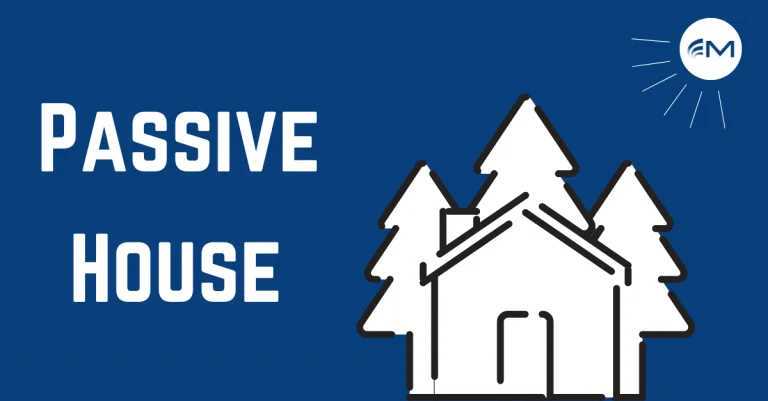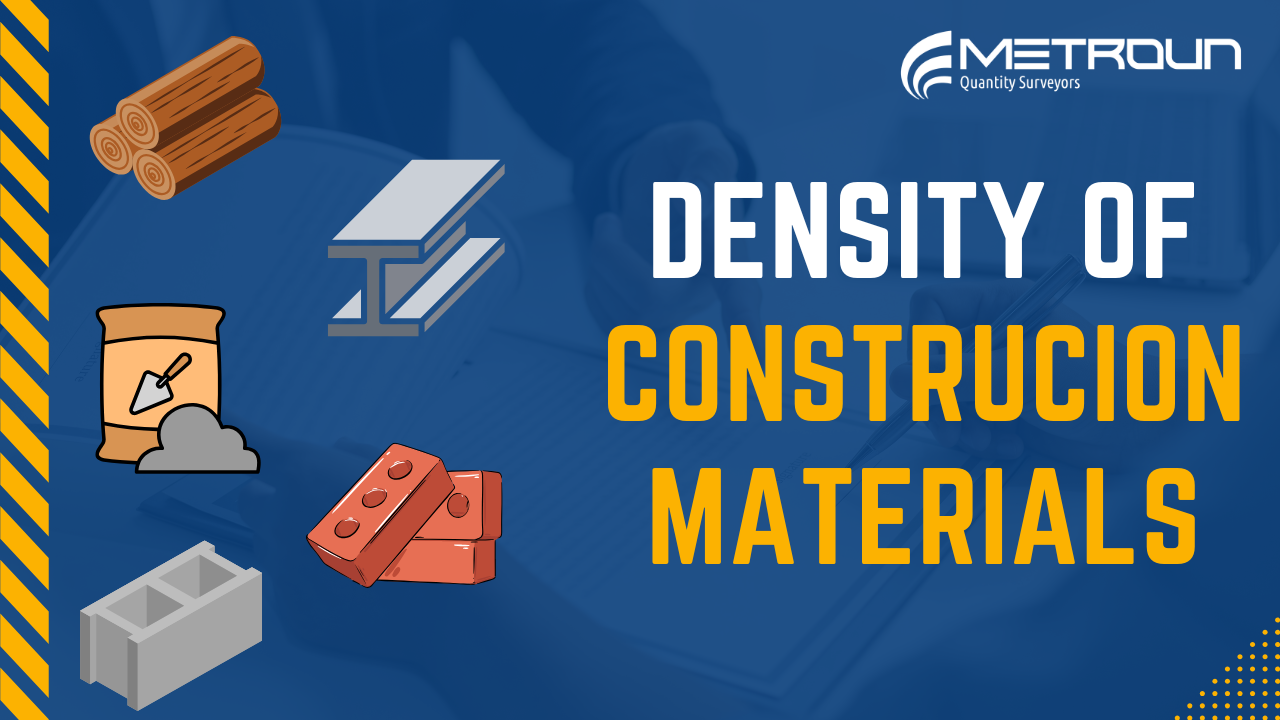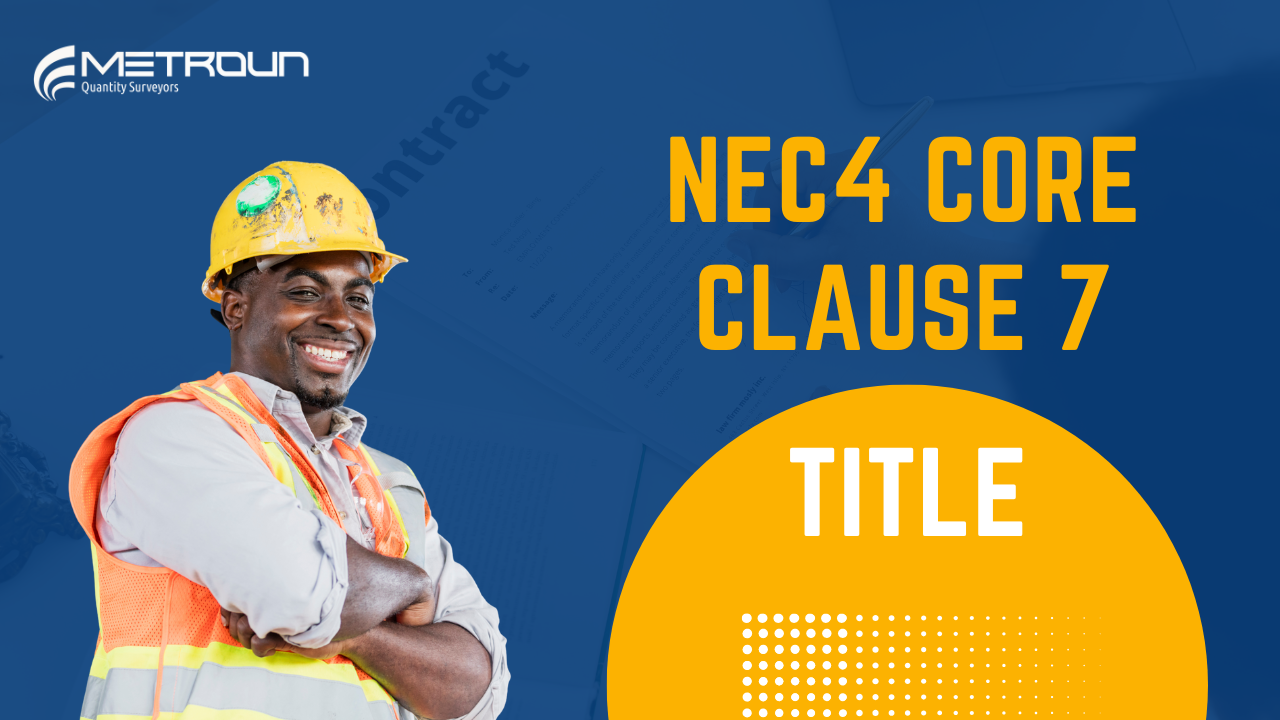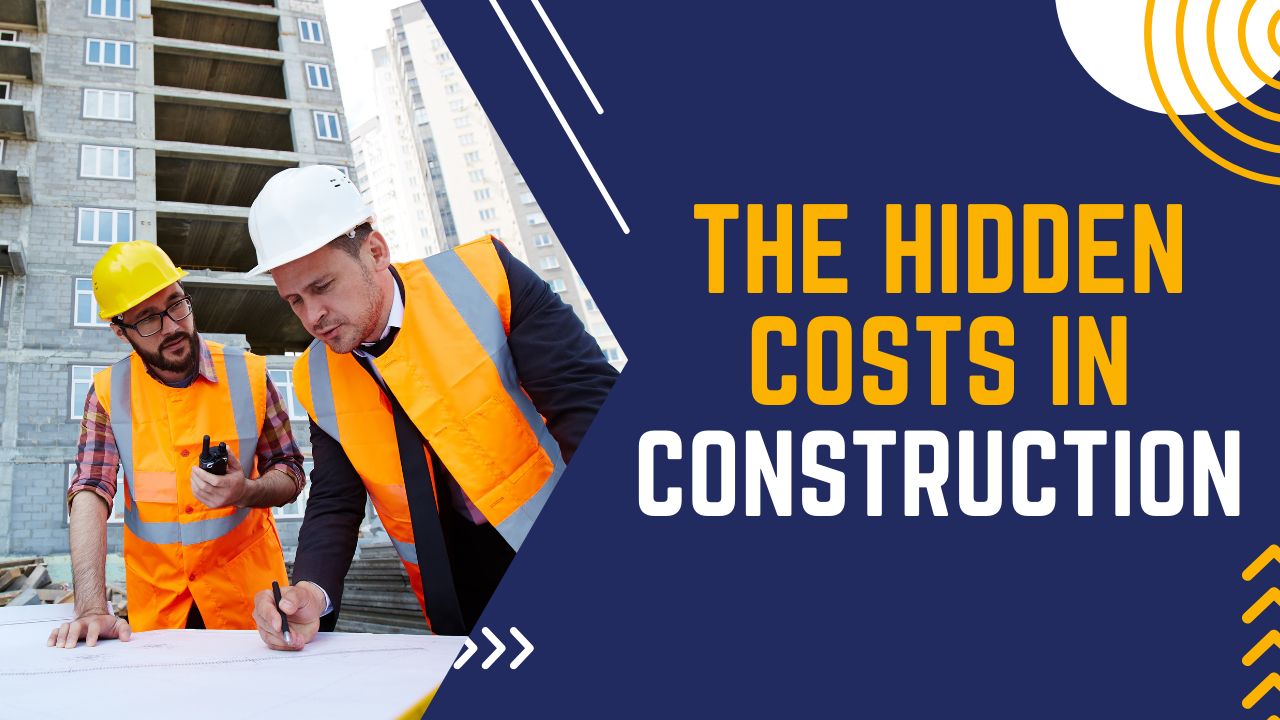People in Britain have always used some type of device to heat their homes in the winter, whether this be gas central heating or a fireplace. Then in the summer, the houses get too hot and we invest in air conditioning units or fans. We treat this as normal, but should it be?
In 1991 a physicist named Dr. Wolfgang Feist built the first Passive House / Passivehaus. The actual definition is that a Passive House is a building, for which thermal comfort (ISO 7730) can be achieved solely by post-heating or post-cooling of the fresh air mass, which is required to achieve sufficient indoor air quality conditions – without the need for additional recirculation of air. (Passivhaus Inuit)
But to put it more simply, a Passive House is built up of the following 6 principles;
The Six Principles
1. Proper Insulation. Its just like wearing a coat outside when its cold. It also doesn’t need a heater
2. No air leakages. There should be no holes, no matter how small to let hot air out of the house
3. No thermal bridges. A thermal bridge is like a road for which warmth can travel straight through your walls to the outside.
4. Proper windows. Most of the time this needs to be triple glazed
5. Proper orientation. This is so the sun can heat the house in the winter and shade is provided in the summer
6. The use of a HRV or Heat Recovery Ventilation. This device provides the house with fresh air without letting the heat out.
Add all these things up and it turns out that your house doesn’t need a heater or air conditioner.
So, where does the heat come from?
A Passive House needs 90% less energy than our traditional British builds. This can be supplied by you and your families body heat, the sun, a pet’s body heat and even your TV.
This will save you a lot of money on your energy bill and is excellent for preserving the environment.

Visit https://metroun.co.uk/articles to discover more interesting construction-related articles.











